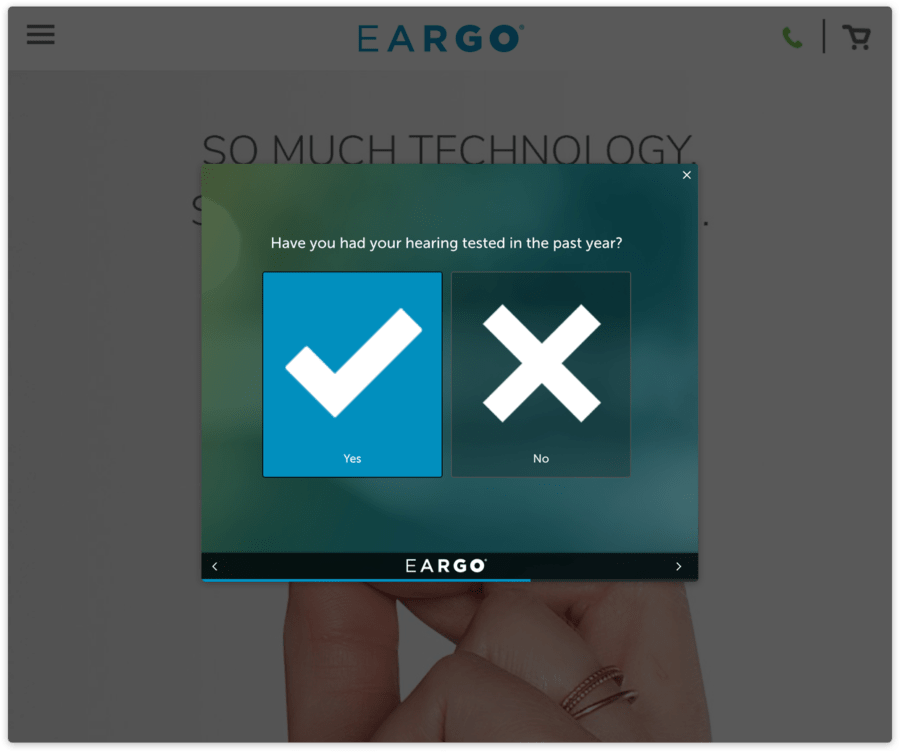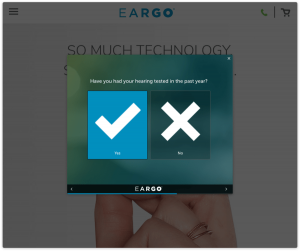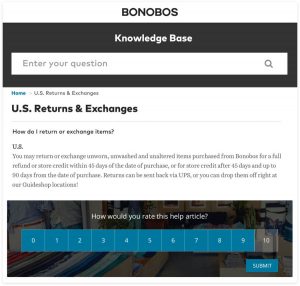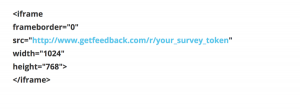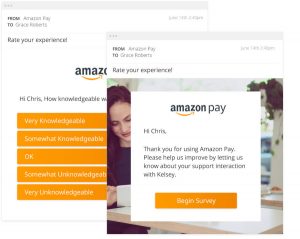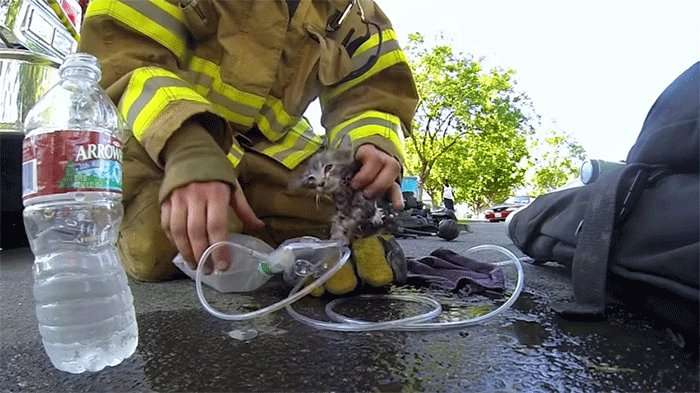By Kimberly A. Whitler
Data, in combination with technology, drives much of the revolution happening in business today. For marketers who are often at the epicenter of acquiring, understanding, translating, and leveraging data, it can have a significant impact on their jobs—what they do, how they do it, and the challenges that they face. Below, I talk with Tom Benton, the CEO of the Data & Marketing Association (formerly known as the Direct Marketing Association) about the impact that data is having on marketers.
Kimberly Whitler: How is data changing the CMO Role?
Tom Benton: Data hasn’t just changed the CMO Role. It has disrupted it. CMOs were traditionally communications and campaign-focused. Now, there are many more aspects to it. Today’s data-inspired CMOs must not only be marketing communications experts, they must also be user experience experts. They have to understand ecommerce. They have to understand the totality of the holistic customer journey.
I view data as fundamental to marketing. It has a horizontal impact across the organization, cutting across media, advertising, innovation, and everything else. Think about just one element—video. It used to be stationary and was primarily driven by TV. Now, media is ubiquitous, mobile, and interactive and so it’s generating a tremendous amount of data. Historically, we didn’t have high quality data but now we do. And so the question is: how do you take data and transform it into actionable insight? The consequence of this is that the increased amount and substantially better quality of data makes the marketer’s job more complex. This can affect what they do and the challenges that they face.
One way to think about this is that there is a mashup of roles—the CTO, CIO, CDO, CAO, CMO. But marketing is typically the front line when it comes to using data and, more importantly, generating actionable insight from it. And so what the marketer has always done – integrating disparate data and making sense of it – on one level hasn’t changed. What has changed is the amount of data they have to integrate, the number of functions they have to work with, and the complexity associated with making sense of the data. What they do—using data to make better strategic marketing decisions—hasn’t changed. But how they do it, with whom they work, and the processes through which they do it is all changing. It’s more complex.
Whitler: Can you provide an example of how data is changing what marketers do?
Benton: The sheer amount of data from a near-infinite combination of media, devices, platforms and channels allows marketers the opportunity to deliver 1-to-1 customer experiences at a massive scale. If these are leveraged adeptly, a business with a million customers can deliver an experience just as tailored as a business with a dozen customers. But that also means today’s marketers have a range of questions to ask themselves: What is the right technology to work with to meet our business goals? What untapped data sources should we be exploring? Are all of our datasets coming together to inform each other, or are they siloed into different departments and databases? These are versions of the questions marketers have asked themselves for decades, but they have become more complex as scale and velocity of information grows.
The exponential growth of the programmatic media industry during the past 10 years is a perfect example of how data is the currency that is underwriting 21st century marketing. No longer satisfied with one-dimensional reach and frequency scores, or hang-time on websites, marketers are looking for real, measureable performance from their investments. Data-inspired marketers are using data to make real-time decisions on marketing and media allocations that just couldn’t have been possible in the past.
Whitler: You mentioned that data is also impacting the nature of the challenges that marketers face. Can you provide an example?
Benton: There is a whole host of challenges—from attribution modeling to cross-device ID to serious public policy concerns. One of the most important is properly protecting your data and securing it from hacking as you can see from the unprecedented Equifax breach affecting more than half of the U.S. population. We understand that the best marketers and brands hold a special trust for consumers and they must follow the best standards and practices as keepers of this important trust. Data is quite powerful but it is also sensitive and it needs to be managed responsibly and ethically. We want to use data to identify the interests and needs of consumers so that we can transform their lives. But we have to be responsible. We have to protect the data and remain vigilant. Another challenge is the annoyance factor. The best marketers don’t want to annoy consumers with irrelevant messages. If we leverage data responsibly and authentically, we have the opportunity to build lasting relationships with consumers because we are creating real value for them.
Whitler: When I talk to C-level marketers, I consistently hear about how difficult the job is—the pace of change, the way in which the role is changing, and the need to acquire contemporary skills. What advice do you have for CMOs who want to improve their skills but don’t have a lot of time?
Benton: Marketing roles are exciting because new opportunities and challenges are surfacing every day due to the new data-driven economy. Things like facial recognition: 1) Is it OK to market to you if I use facial recognition data to find out that you are at a Pearl Jam concert? 2) Is it OK to sell that information to a third party that might use it to market music to you? DMA members routinely come together to tackle issues like these as they develop and enforce DMA’s Guidelines for Ethical Business Practices. At DMA, we believe we should act as a filter for our members—to simplify a complex world. We do this by bringing people together to discuss these issues. We host conferences, webinars, regional roundups, training events, and even VIP cocktail sessions. Through these events, marketers can hone in on pertinent issues and find solutions most relevant to them.
We tend to focus on four pillars: advocacy, innovation, education, and connection. The most successful marketers are intellectually curious, they perpetually challenge the status quo seeking improvements. Our members strive to compound their knowledge and build on their own ideas by learning about what actually works. They recognize the power of tapping collective wisdom and they’re laser-focused on transforming data into actionable insight. Technology and techniques are changing so rapidly that no individual alone can keep pace. While we all individually contribute to the data & marketing community, successful people realize that the power of our community does not come from individuals alone, rather it comes from tapping the collective knowledge of our community, which is exactly what we facilitate at the Data & Marketing Association.
Our goal is to leverage data and technology to help marketers become more effective in a way that is responsible and relevant.
Feature Image: DMA CEO Tom Benton at DMA’s 2017 Dynamic State of Data event
Sourced from Forbes



